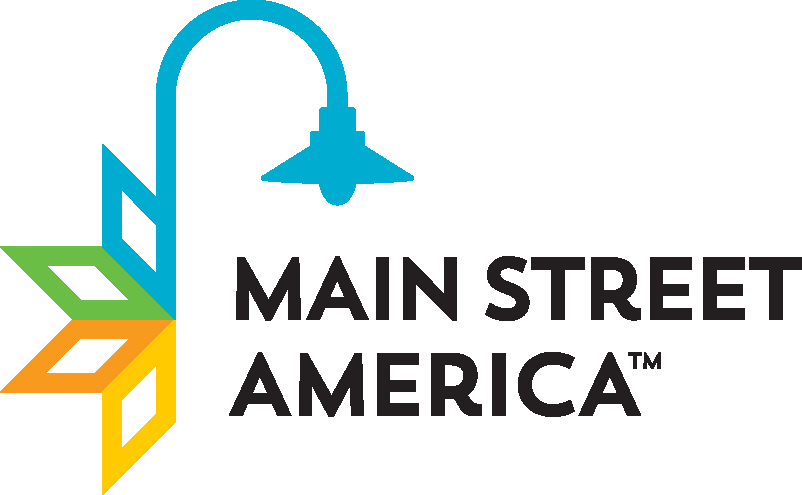The National Register of Historic Places is our nations official list of historic properties that are worthy of preservation. The National Register was established by the National Historic Preservation Act of 1966 and is maintained by the U.S. Department of the Interior, National Park Service. Properties listed in the National Register include buildings, sites, structures, objects, and districts (see: Historic Resources) that are significant in American history, architecture, archaeology, engineering, and culture. As Georgia’s state historic preservation office (SHPO), the Historic Preservation Division (HPD) administers the National Register of Historic Places program in Georgia.
National Register-listed properties are distinguished by being documented and evaluated according to uniform standards called the National Register Criteria for Evaluation. To be eligible for listing in the National Register, generally, a property or majority of properties in a district must be 50 years old or older; retain historic integrity in location, design, setting, materials, workmanship, feeling, and association; and meet at least one of the National Register Criteria for Evaluation.
National Register of Historic Places listing does not place restrictions on the use, treatment, transfer, or disposition of private property. HPD’s National Register Fact Sheet provides an overview of the program including what the National Register does and does not do. The National Register establishes uniform standards to evaluate and document historic properties. However, each SHPO may have different policies and procedures for administering the program.



